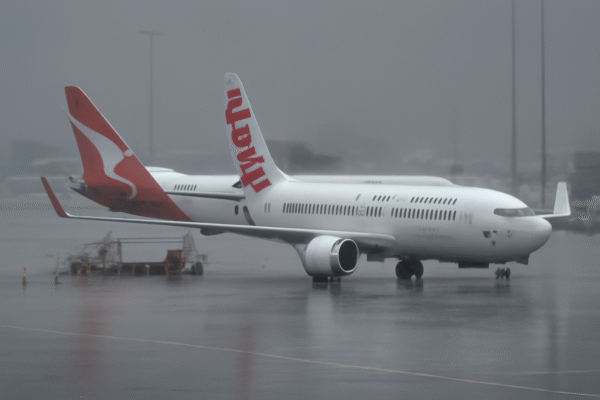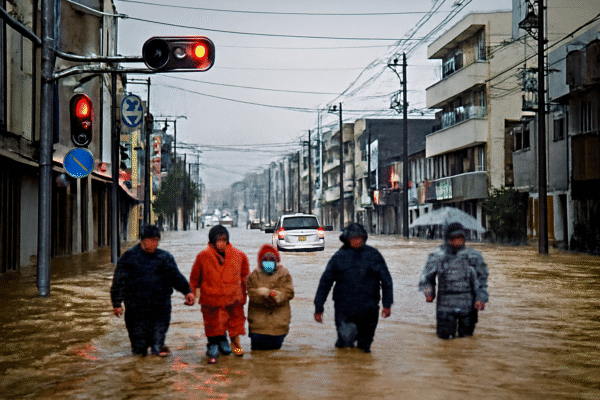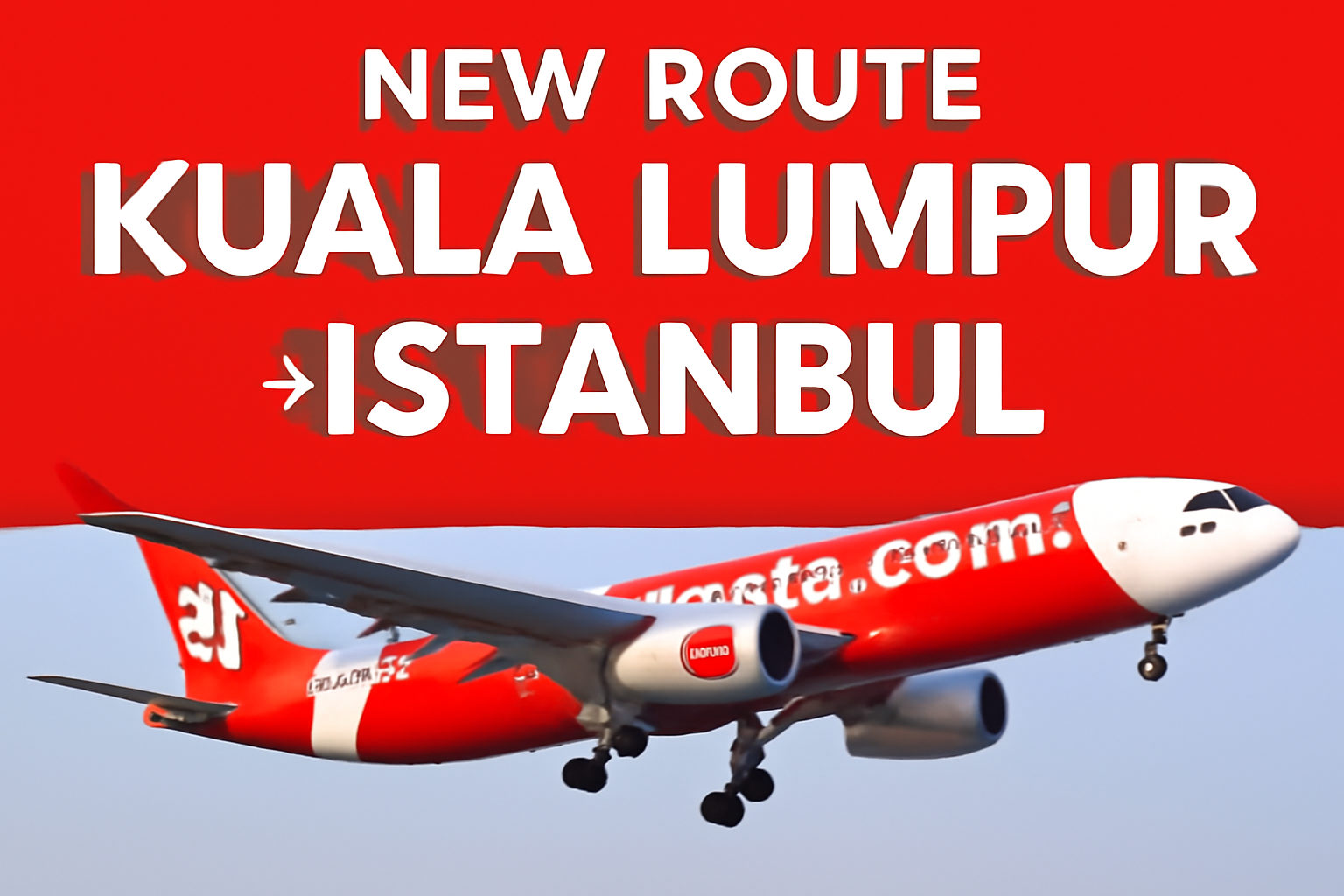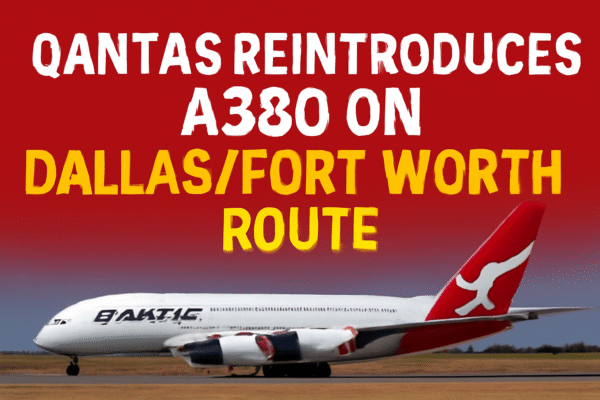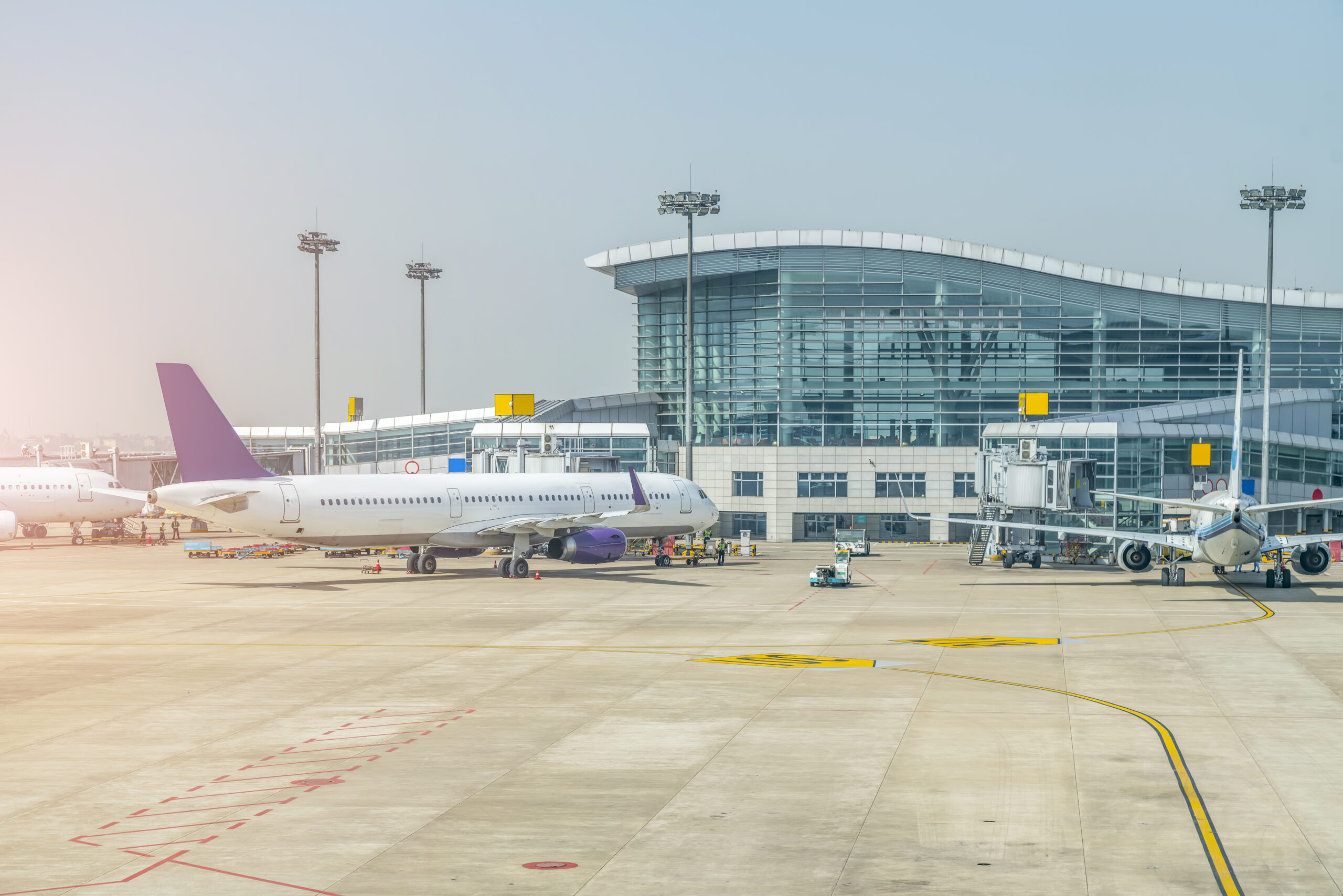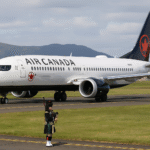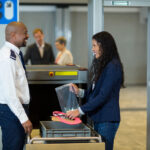As tensions surge across the Middle East due to intensified geopolitical conflict, Saudi Arabia has rapidly emerged as a critical stabilizing force for global air travel. In the wake of U.S. airstrikes on Iranian nuclear infrastructure and Iran’s retaliatory missile attacks on American bases in Qatar, regional airspace closures have severely disrupted aviation across the Gulf. In response, Saudi Arabia has opened its skies to support over 1,330 daily flights, nearly doubling its normal volume, ensuring the continuity of safe international air traffic during this unprecedented crisis.
The move underscores Saudi Arabia’s strategic importance and preparedness in maintaining regional and global air connectivity, especially as major flight paths over Iraq, Iran, and the Gulf remain compromised.
GACA Activates Emergency Protocols to Expand Airspace Capacity
The General Authority of Civil Aviation (GACA) of Saudi Arabia acted swiftly to address the airspace rerouting demands triggered by the conflict. With international airlines urgently seeking alternative corridors, GACA expanded national airspace capacity by opening additional air routes and deploying emergency operational protocols.
This quick response included:
- Activation of contingency corridors
- Integration of advanced air traffic control technologies
- Real-time coordination with international aviation authorities
- Reinforcement of ICAO-compliant safety and surveillance systems
In its official statement, GACA emphasized the Kingdom’s commitment to ensuring the safe, secure, and uninterrupted movement of global passengers and cargo amidst volatile conditions.
Over 220 Airlines Rely on Saudi Corridors for Safe Passage
More than 220 international airlines are now actively routing flights through Saudi airspace, transforming the Kingdom into a key transit zone for aircraft previously navigating over conflict-affected territories.
The safe realignment of flight paths has minimized disruption to major long-haul routes between Europe, Asia, Africa, and the Americas, with Saudi Arabia’s centralized geographic location providing optimal connectivity for detoured aircraft.
The effectiveness of this transition has been powered by a sophisticated air navigation infrastructure backed by human expertise and digital resilience.
Kingdom Mobilizes 1,900+ Aviation Professionals and Expands Control Coverage
Saudi Arabia’s response was made possible by the rapid deployment of more than 1,900 aviation specialists, including:
- Over 700 certified air traffic controllers
- Technicians, safety officers, and operational coordinators
These professionals work across a high-capacity network consisting of:
- 20 control towers at major airports
- 10 approach control centers
- 2 regional air navigation hubs managing 15 flight sectors
- Over 1,200 navigation devices and surveillance systems
This integrated infrastructure allows for high-precision traffic management, even as flight volumes soar amid geopolitical instability.
Real-Time Coordination Keeps Flights Moving Safely
In the face of the sudden traffic spike, GACA and its partners utilized cutting-edge data processing systems to manage route assignments, minimize delays, and guarantee safe passage. These systems support:
- Dynamic route reallocation
- Collision risk management
- Sector-to-sector communication
- Integration with global airspace monitoring networks
As a result, aircraft transiting Saudi skies continue to operate with minimal disruption, protecting the safety of passengers and cargo alike while maintaining international travel confidence.
Regional Crisis Prompts Swift Global Airspace Adjustments
This surge in rerouted flights follows a volatile escalation of hostilities in the region. Earlier this week, the U.S. military launched targeted strikes against Iranian nuclear sites, prompting a retaliatory wave of missiles aimed at U.S. military installations in Qatar. The resulting conflict has effectively shut down large segments of airspace over Iraq, Iran, and parts of the Gulf, creating a ripple effect that jeopardized major international flight corridors.
With security concerns at the forefront, most commercial carriers immediately altered their flight paths, choosing to fly around the danger zones. Saudi Arabia, with its expansive and modern airspace infrastructure, emerged as the preferred alternative.
Saudi Arabia Becomes Aviation Pillar in Times of Turbulence
The strategic positioning of Saudi Arabia—combined with its world-class aviation infrastructure—has enabled it to serve as a critical international air bridge during this geopolitical crisis. Its rapid response and openness to handle the surge have reinforced its growing global aviation role.
While military and political tensions remain unresolved, the ability of Saudi Arabia to safely manage and support over 1,300 daily flights not only highlights its preparedness but also underscores its strategic aviation leadership in the Middle East.
Looking Ahead: Aviation Stability Through Crisis Management
As regional instability continues, Saudi Arabia’s aviation authority remains on high alert, prepared to manage sustained elevated flight volumes. The country’s ability to scale operations rapidly and maintain full alignment with international aviation safety standards ensures the ongoing protection of passengers, aircrews, and aircraft.
Global airlines and civil aviation leaders have commended the Kingdom’s agility and commitment to ensuring safe skies amid regional uncertainty.
Conclusion: Saudi Arabia’s Skies Keep Global Aviation Moving
In a moment of regional crisis, Saudi Arabia’s airspace has become a safe haven for international aviation, enabling over 1,300 flights a day to bypass conflict zones and continue critical air operations.
Through rapid infrastructure activation, deployment of aviation professionals, and seamless coordination, Saudi Arabia has demonstrated not only technical capability but also responsible leadership in global aviation safety.
As the Middle East navigates one of its most volatile periods in recent history, the Kingdom’s skies remain open—providing a vital corridor for the world to keep flying forward.
For more travel news like this, keep reading Global Travel Wire





